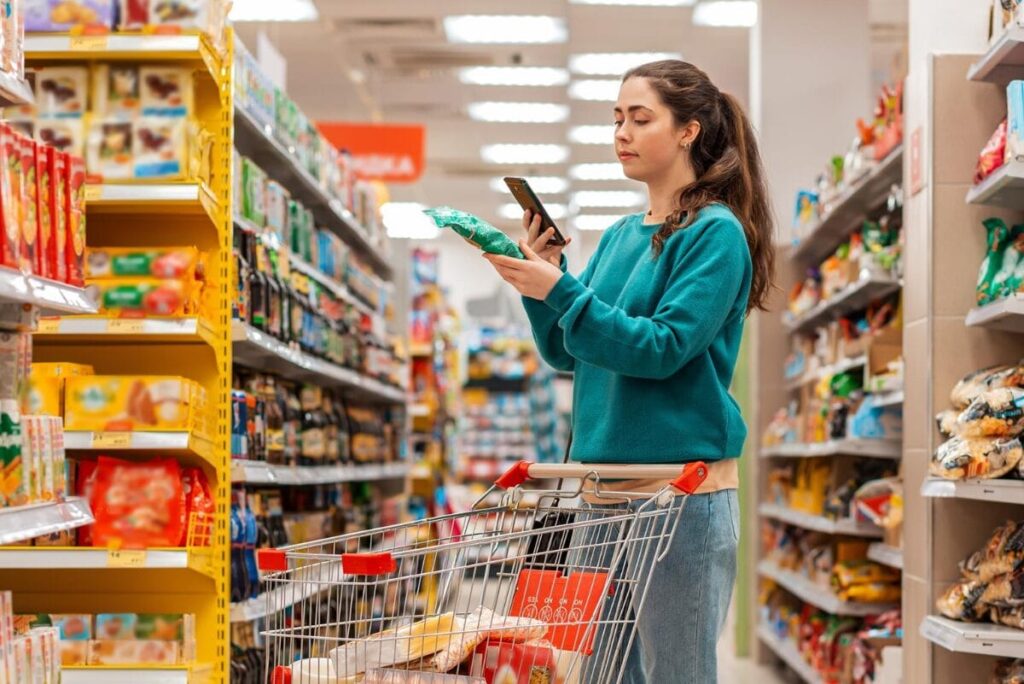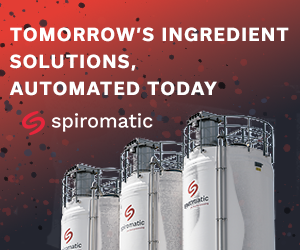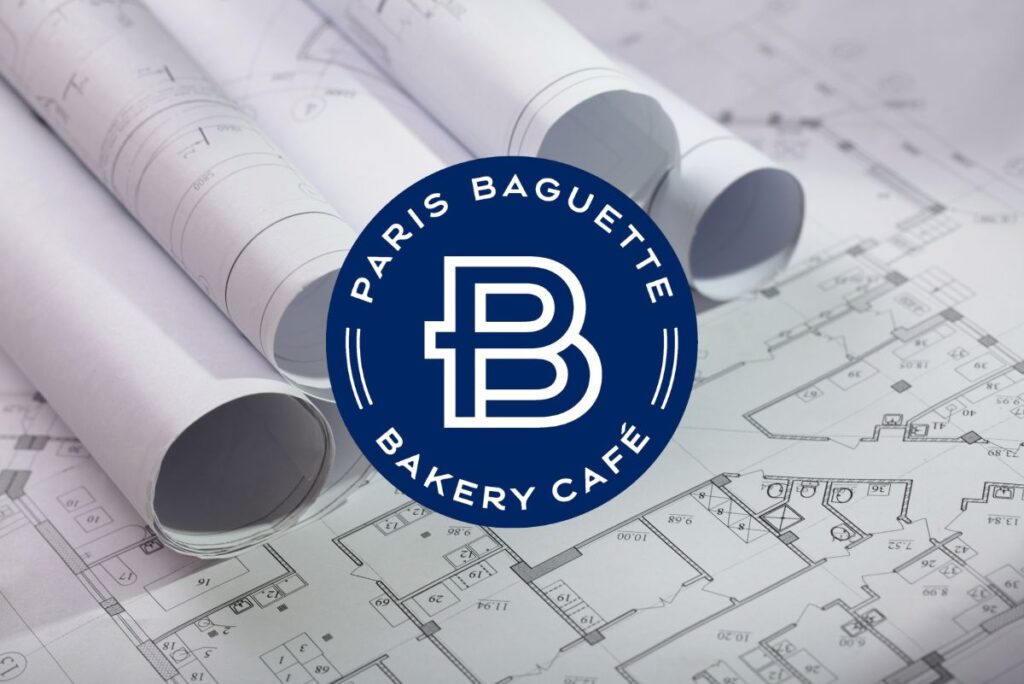KANSAS CITY, MO — The Universal Product Code (UPC) hit a major milestone this year … 50 years of service. Global commerce changed forever when, on June 26, 1974, a cashier at Marsh Supermarket in Troy, OH, scanned the very first UPC-stamped item: a multi-pack of Wrigley’s Juicy Fruit chewing gum.
For five decades, UPC bar codes, which use 1D scanning technology, have provided a streamlined path for how product information flows through retail systems worldwide. For consumers, they offer a convenient scan-and-go shopping experience. For retailers and brands, they provide an efficient and accurate way to manage inventory, product recalls, regulatory compliance and supply chain data. The UPC code is the silent workhorse that keeps the back end of business working so well.
Yet, the way the world does business has changed dramatically and so has consumer expectations for the items they purchase. CPG companies have raised a red flag: 1D technology is struggling to meet the advanced needs of retailers, consumers and the supply chain as a whole.
GS1 US, the non-profit organization that has been responsible for establishing supply chain bar code standards since it introduced the original UPC code, is leading the charge for a solution. Research conducted by GS1 US and a consortium of multi-national CPG companies determined that 2D bar codes, which include QR codes, can satisfy the ever-evolving needs of the global retail arena.







